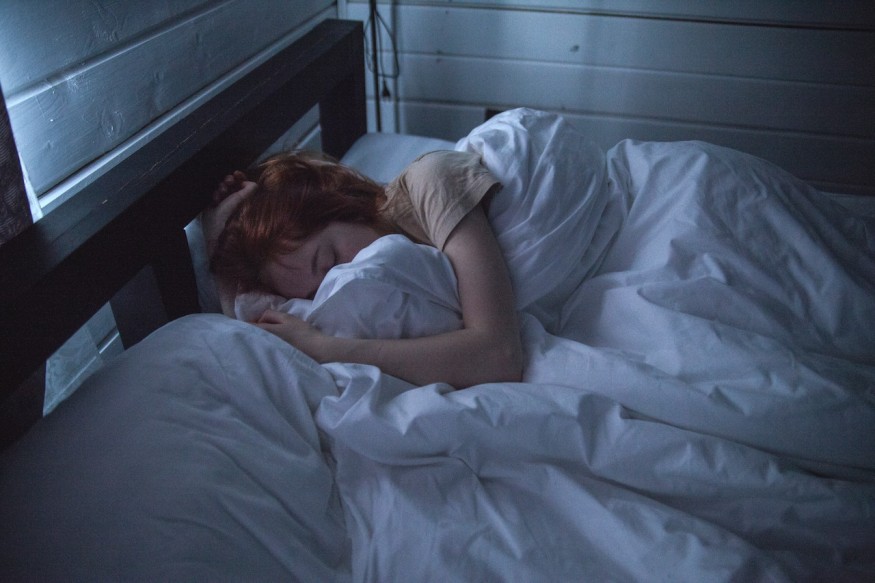In 1963, a pair of teenage boys decided to try out a science project wherein they tried to stay awake for the longest time. New Scientist reports how one of them, Randy Gardner, set the world record for this specific feat.
Studying Sleep Deprivation Effects
Randy Gardner and Bruce McAllister initially wanted to dig into how sleep deprivation affects paranormal activity. They then let go of this notion because of practical issues. Rather than focusing on their initial notion, they looked into how sleep deprivation affects physical and cognitive performance. IFL Science notes how all that was left to do was to toss a coin to decide the note-taker and the one who would stay awake throughout.

According to such a basis of decision-making, Randy Gardner was tasked to stay awake.
This experiment may have become obscure if not for the coverage of a local paper. This drew the attention of sleep researcher Dr. William C. Dement of Standford.
BCC notes how Dr. Dement expressed that he may have been the only person who conducted sleep research. He notes how the parents of Gardner were worried about how this may be harmful to the teenager's wellbeing. This is because the matter between sleeplessness and death is still unresolved.
IFL Science notes how death was not entirely out of the equation. Prior studies revealed the link between sleep deprivation and suspicion, paranoia, and other issues.
The parents of then-teenager Gardner requested that Dr. Dement supervises the experiment.
Sleepless For 11 Days
For Gardner to stay awake, the researchers made him play basketball and pinball, stopped him from lying down, and told him to talk through the toilet door whenever he was at the toilet.
The early phases went smoothly for the 16-year-old Gardner.
On the second day, Gardner was observed to experience difficulties in identifying objects by touching them. On the third day, Gardner exhibited moodiness and difficulties with tongue twisters.
Issues with memory and the first recorded delusion and hallucination episodes were observed on the fourth day. Gardner expressed that years after that, he thought he was Paul Lowe, a football player from the San Diego Chargers.
The hallucinations pressed on in the succeeding days. Gardner saw a forest pathway at his front, in contrast to the remainder of the house.
He expressed that after such a point, things spiraled down. Highs were absent. He only experienced lows and even lower lows. He expressed how it was like sandpaper was rubbed into his brain. While his body was still coping, his mind was struggling.
In the succeeding days, his speech started slurring and slowing down. His memory also worsened. Gardner would start forming sentences but then stop midway because of forgetfulness or new thought interruptions. Despite this, Gardner was still capable of playing ping pong.
Like other individuals who have gone through sleeplessness, Gardner also exhibited paranoia.
Gardner did not have any expressions on the last day of his experiment. He also needed to be consistently prompted to reply to questions, which he did in a slurred and monotonous manner. Evaluations of mental capacities had to stop as he kept forgetting what he was doing in the first place.
Despite these experiences, Gardner did not suffer from many ill effects. After his sleepless streak, Gardner was checked for consecutive nights. This monitoring involved much REM sleep.
The study concluded that certain brain areas were "catnapping" during the entire period in cases of sleep deprivation. Such effects were also observed in experiments on rats where cortex neuron subsets turned off as sleep-deprived rats carried on with their business.
RELATED ARTICLE : Lack Of Sleep May Cause Dandruff, Study Says
Check out more news and information on Medicine and Health in Science Times.












